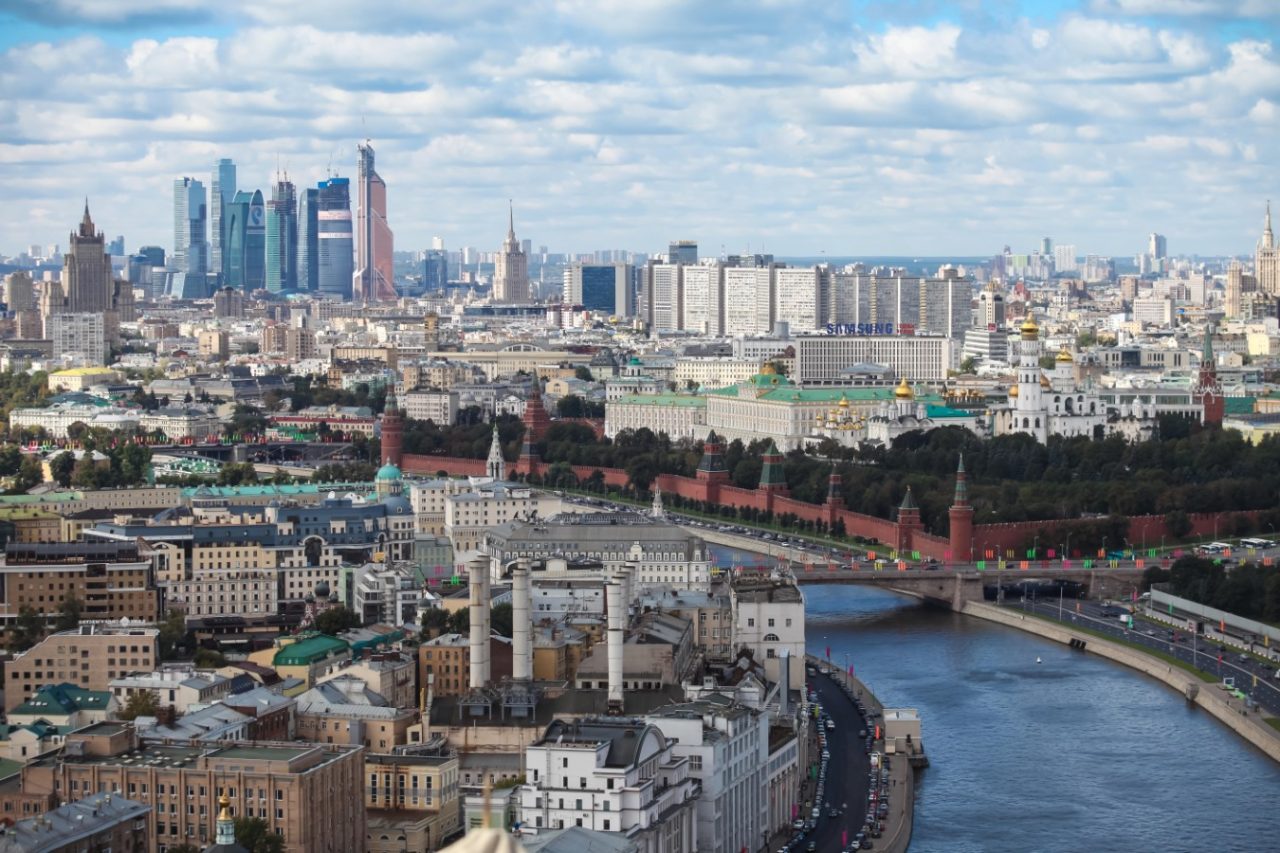
Trade between Moscow and the European Union up 2% in the first quarter of 2021
In the period from January to March 2021, total trade between Moscow and EU member states rose 2% to USD 27.46 billion. According to Vladimir Yefimov, Moscow’s deputy mayor for economic policy and property and land relations, the capital city accounts for half of the volume of trade between Russian and the European Union.
“In January to March of this year, the total volume of trade between Moscow and EU member states reached USD 27.46 billion, up 2% year-on-year,” the deputy mayor said. “Of that total, non-resource and non-energy exports accounted for USD 1.6 billion, an increase of 46.2% year-on-year and 79.2% from the first quarter of 2019. Germany, Italy, the Czech Republic, the Netherlands, Finland, and Sweden were key consumers of Moscow’s exports.”
According to Yefimov, this upturn in exports outside of natural resources and energy is critical for Moscow as the city eyes targets set by a national program entitled International Cooperation and Exports. Under the program, Moscow and other Russian regions are tasked with increasing their non-resource and non-energy exports 70% between 2020 and 2030.
Industrial goods make up a significant percentage of Moscow’s non-resource and non-energy exports to the markets of the 27 EU member states, accounting for USD 1.57 billion in Q1 2021, up 49.2% year-on-year. Key industrial exports included polyethylene, polypropylene, automobile tires, immunological treatments, vaccines, and electronic equipment for industry.
“Moscow’s exporters have high-tech products to offer Europe,” said Alexander Prokhorov, head of Moscow’s department for investment and industrial policy. “Components for the electronics and automobile industries – things like integrated circuits, EMV cards, and similar products – are good examples.”
Prokhorov added that he sees potential for the capital’s exporters in the comparatively new niche of organic cosmetics. Since Moscow-based companies already export cosmetics to Europe, organics are worth studying.
In Q1 2021, Italy purchased USD 407.46 million of Moscow’s industrial goods, making it the city’s largest export consumer. Italy was followed by Germany, which purchased industrial goods worth USD 352.38 million, and the Czech Republic, which purchased USD 176.09 million.
